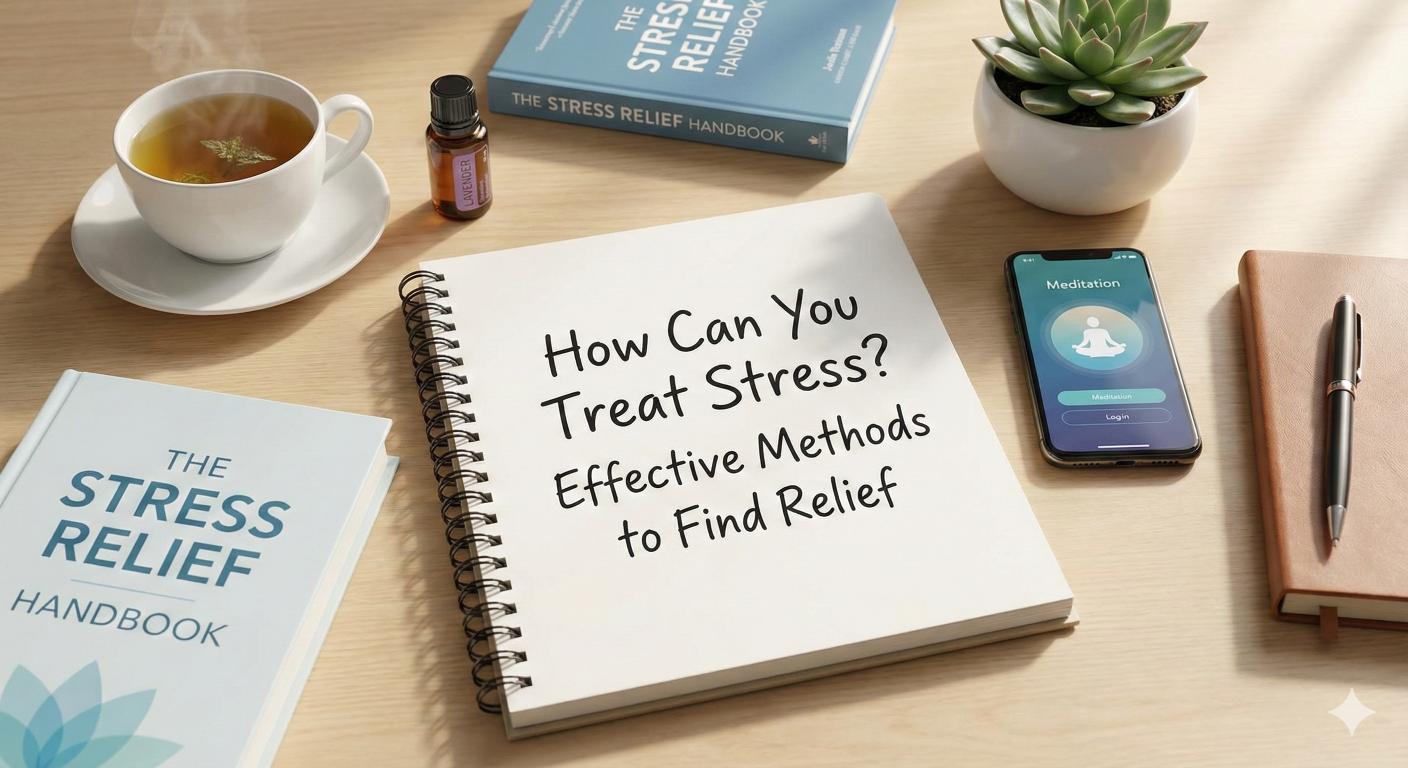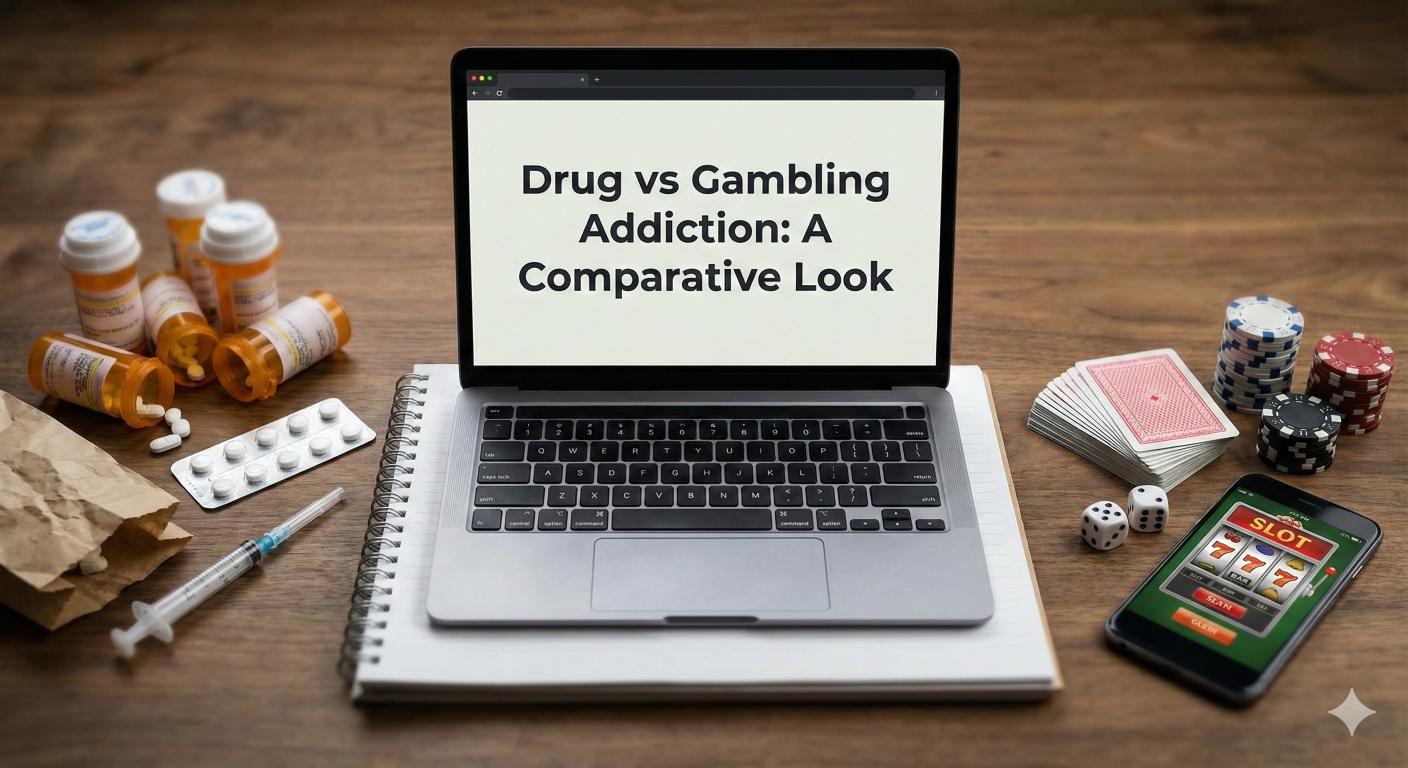Tips for Managing Emotional Triggers in Daily Life
Building Resilience Against Emotional Storms

Understanding and Managing Emotional Triggers in Everyday Life
Emotional triggers are powerful stimuli that can evoke strong reactions rooted in past experiences and unresolved issues. Recognizing and managing these triggers is essential for maintaining mental health, nurturing personal relationships, and fostering overall well-being. This comprehensive guide explores what emotional triggers are, how they form, and practical strategies to identify, desensitize, and effectively manage them in daily life.
What Are Emotional Triggers and How Do They Form?
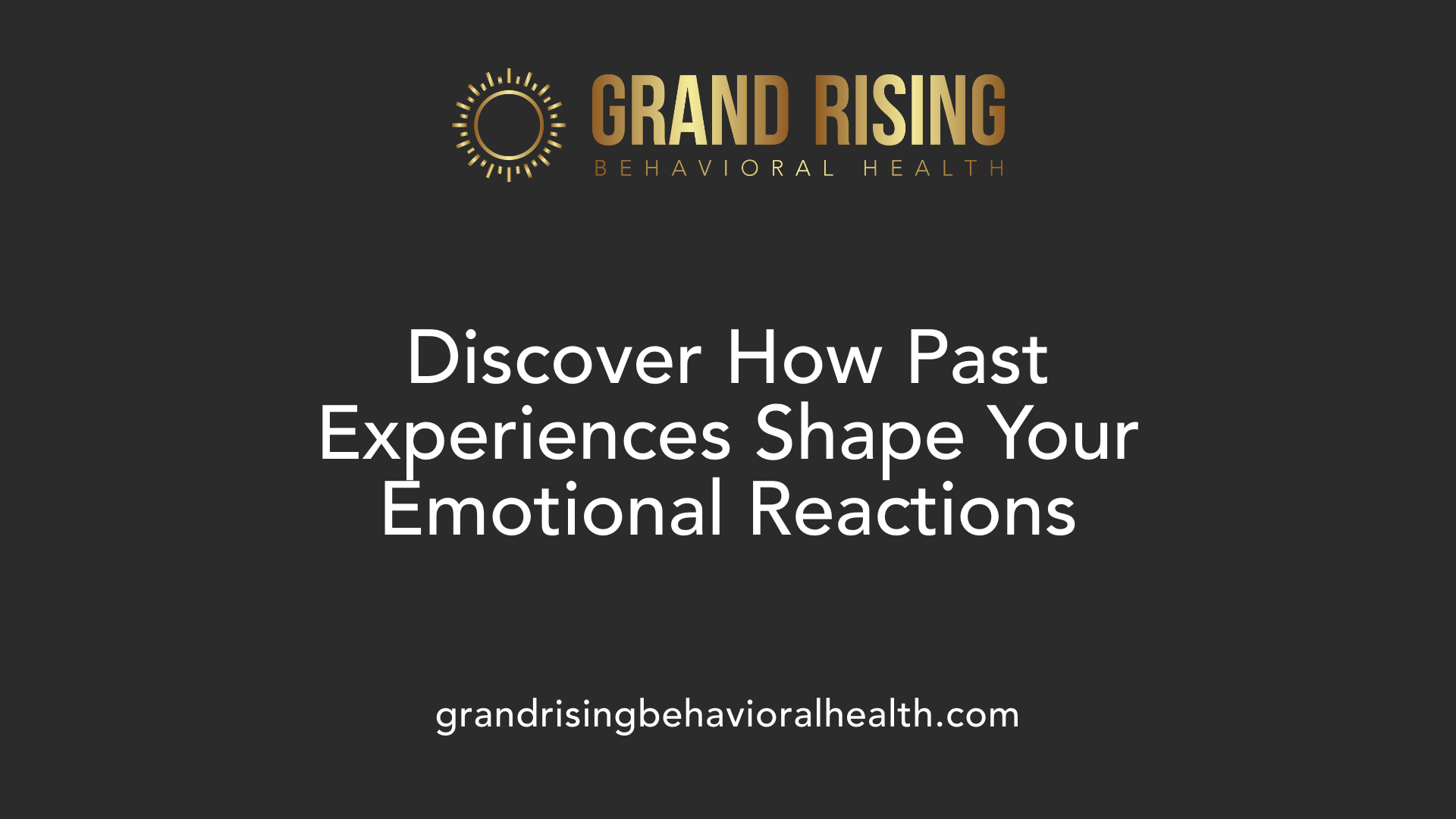
What are emotional triggers and how do they form?
Emotional triggers are specific stimuli, memories, experiences, or situations that provoke strong emotional reactions. These reactions can include feelings like anger, sadness, fear, or anxiety that seem intense or disproportionate to the actual event.
Triggers often stem from past experiences, associations, and conditioning. For example, a comment that reminds someone of childhood criticism might trigger feelings of inadequacy. These triggers are rooted in unresolved issues, traumas, or significant past events, which create neural memories in the brain that activate when similar circumstances arise again.
Triggers can be external — such as remarks, environments, or specific people — or internal, involving thoughts, bodily sensations, or memories. For instance, noticing a certain smell or hearing a particular song might evoke emotional responses because they are linked to previous experiences.
Paying attention to physical signs like sweaty palms, a racing heart, or muscle tension can help identify when one is triggered. Recognizing these signals opens the door for managing reactions effectively.
Understanding the origins of triggers often reveals unresolved issues or past pain that still influences current emotional responses. This awareness is crucial for developing coping strategies, whether through mindfulness, self-reflection, or seeking professional support.
Because triggers are highly individual, they vary widely across people. Some may be triggered by relationship conflicts, feelings of rejection, or feeling invisible, while others react to authority figures or sensory cues.
Healthy management of triggers involves not just recognizing them but also exploring their roots. Working through unresolved trauma or childhood adversity, often with therapeutic help, can significantly reduce their impact.
In essence, triggers are intertwined with our personal history and emotional conditioning. Approaching them with curiosity, mindfulness, and supportive strategies can foster greater emotional awareness and resilience.
| Aspect | Description | Example |
|---|---|---|
| Origin | Formed through past experiences and conditioning | Childhood criticism shaping reactions to feedback |
| External triggers | Situations or stimuli outside oneself | Hearing an alarm reminding of a stressful event |
| Internal triggers | Thoughts and bodily sensations | Feeling anxious when recalling a past failure |
| Physical signs | Bodily responses indicating triggers | Heart pounding, sweating, shakiness |
| Emotional responses | Feelings provoked by triggers | Anger, sadness, fear |
| Management approaches | Strategies to handle triggers | Mindfulness, therapy, coping skills |
Overall, understanding how triggers develop enables more conscious responses, helping to manage emotional reactions more healthily and fostering emotional growth.
Signs and Symptoms of Emotional Triggers

How can I identify my emotional triggers?
Identifying emotional triggers begins with paying close attention to your body's physical signals and your emotional states. Common physical signs include a pounding heart, upset stomach, shakiness, dizziness, and sweaty palms. These sensations often serve as early indicators that you are experiencing a trigger.
Emotionally, you may notice feelings of anxiety, anger, sadness, or frustration surfacing unexpectedly. Sometimes, these emotions are accompanied by behavioral responses such as withdrawing from others, becoming confrontational, or obsessively ruminating on a situation.
Recognizing these signs early is crucial for managing reactions effectively. When you notice physical discomfort or emotional upheaval, pause to assess what might be triggering these responses. Reflect on recent experiences or memories that evoke similar feelings—these patterns often point back to underlying issues or past trauma.
Keeping a mood journal or practicing mindfulness can strengthen your ability to detect triggers sooner. Over time, this awareness allows you to respond thoughtfully instead of impulsively. Professional support like therapy can also help you uncover hidden triggers and develop strategies for responding calmly.
Being attentive to physical and emotional cues, especially in moments of distress, is essential for emotional regulation and reducing adverse reactions.
Strategies for Desensitizing and Building Emotional Resilience
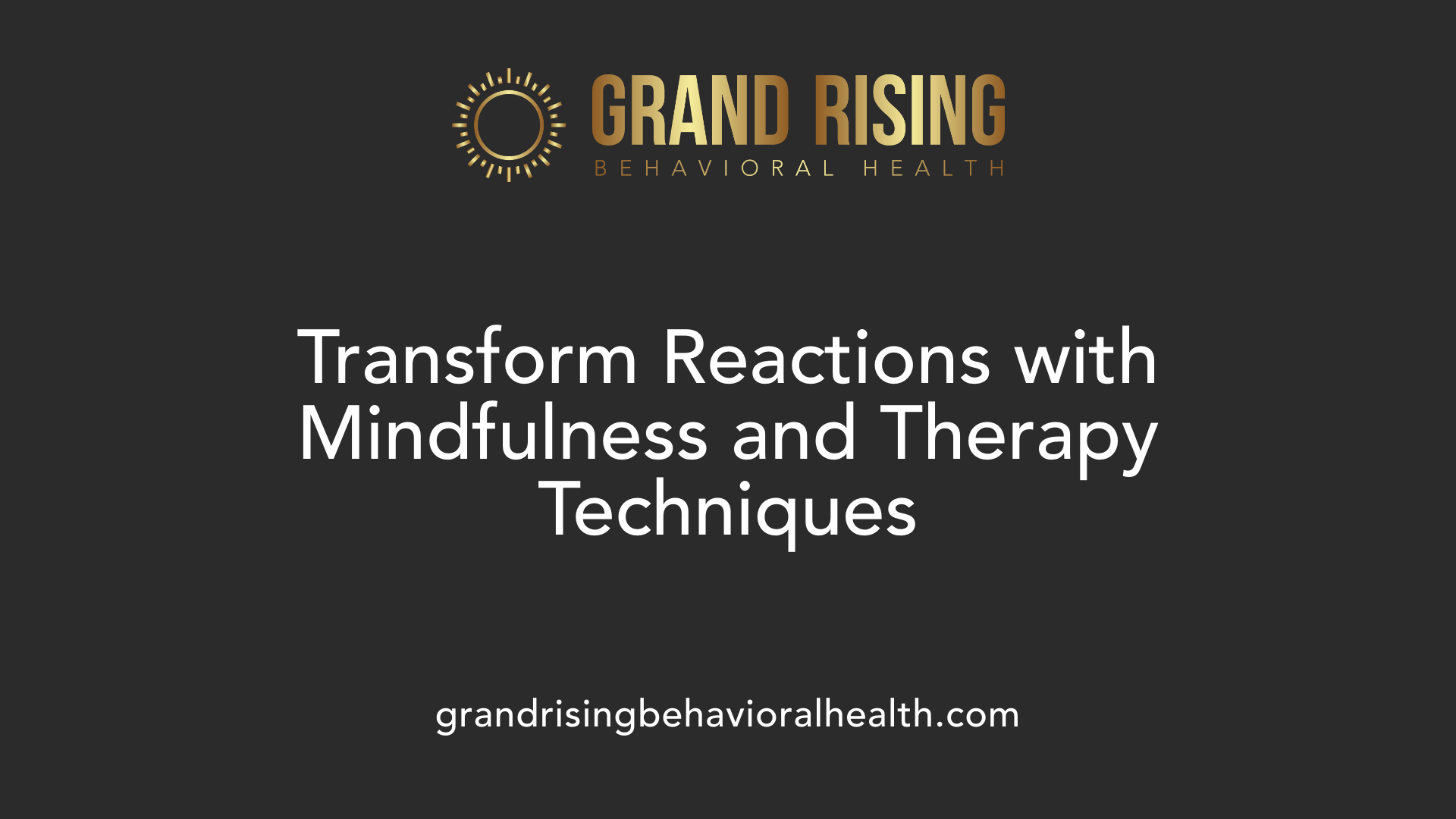
How can mindfulness practice enhance emotional awareness?
Practicing mindfulness allows individuals to become more aware of their feelings and physical sensations without immediate judgment or reaction. By regularly engaging in mindfulness exercises such as body scans, mindful breathing, or meditation, you learn to observe your emotions as they arise. This awareness creates a pause, helping you recognize triggers early and respond more thoughtfully instead of automatically reacting. Over time, mindfulness strengthens your ability to differentiate between transient feelings and deeper underlying needs, reducing impulsive responses to triggers.
What role do cognitive reframing and gratitude exercises play?
Cognitive reframing involves examining negative or distorted thoughts associated with triggers and consciously replacing them with more balanced perspectives. For example, instead of thinking, “This situation is unbearable,” reframing might involve recognizing, “This is difficult, but I can cope.” Gratitude exercises, such as listing things you are grateful for daily, help shift focus from distressing triggers to positive aspects of life. This shift promotes emotional resilience by reducing the intensity of negative reactions and fostering a more optimistic outlook.
How can EMDR and therapy help process traumatic memories?
Eye Movement Desensitization and Reprocessing (EMDR) is an evidence-based therapy designed to help process traumatic memories that contribute to emotional triggers. EMDR guides clients through a series of guided eye movements while recalling distressing events, which facilitates the brain’s natural healing process. Engaging in therapy modalities like Cognitive Behavioral Therapy (CBT) and Dialectical Behavior Therapy (DBT) further aids in understanding and restructuring responses to triggers. Regular therapy sessions provide a safe space to explore unresolved issues, diminish their power over current reactions, and develop healthier coping techniques.
How do supportive relationships and self-care contribute to emotional resilience?
Building a network of supportive relationships offers emotional security and validation, essential for resilience. Sharing feelings with trusted friends or family members helps diffuse the intensity of triggers and gain perspective. Self-care activities, including proper nutrition, adequate sleep, exercise, and engaging in hobbies, strengthen the body and mind. Self-compassion and setting healthy boundaries also prevent emotional exhaustion, enabling individuals to recover from triggering events more swiftly.
What are the benefits of gradual exposure and distress tolerance techniques?
Gradual exposure involves intentionally and safely confronting triggers in controlled settings, helping desensitize emotional responses over time. For example, if social situations trigger anxiety, slowly increasing exposure can diminish the emotional impact. Distress tolerance techniques, such as distraction, self-soothing, or accepting distress without judgment, help manage overwhelming feelings in the moment. These approaches improve emotional regulation, build resilience, and empower individuals to face triggers with increased confidence, reducing avoidance behaviors and fostering long-term stability.
Practical Daily Techniques to Manage Emotional Responses
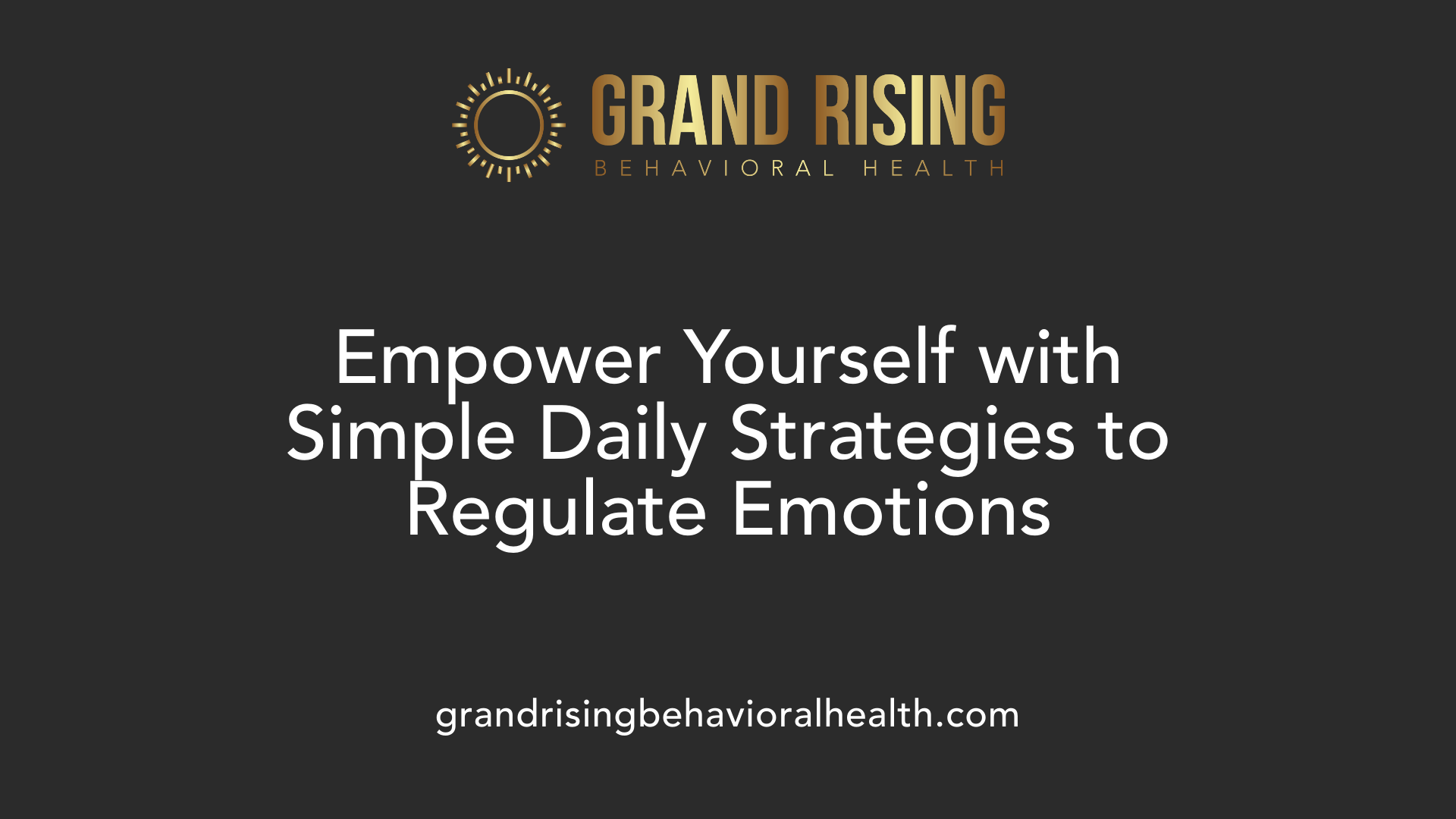
What are effective strategies for managing emotional triggers?
Managing emotional triggers involves a combination of immediate techniques and long-term practices. Developing self-awareness is fundamental; recognizing and naming triggers early allows you to respond thoughtfully rather than react impulsively.
In the moment, adopting calming methods such as deep breathing, grounding exercises, and mindfulness can significantly reduce emotional intensity. For example, the 5-4-3-2-1 grounding technique, which focuses on sensory awareness, helps bring attention back to the present and diminishes the body's fight-or-flight response.
Using I-statements in communication is another powerful tool. When addressing triggers caused by others, expressing your feelings clearly and assertively—like saying, "I feel upset when..."—can prevent escalation and foster understanding.
Creating personal space and taking pauses are crucial steps. When you notice physical symptoms such as a pounding heart or shaky hands, stepping away from the situation or pausing to breathe allows space for reflection and prevents impulsive reactions.
Challenging distorted thoughts through cognitive restructuring helps reframe negative perceptions. For instance, replacing "They are attacking me" with "They are upset and expressing it differently" can reduce defensiveness and emotional upheaval.
Maintaining a trigger journal is an effective long-term strategy. By noting when triggers occur, your emotional responses, and potential patterns, you become better equipped to anticipate and manage future reactions.
Overall, these practical daily techniques support emotional regulation, resilience, and healthier interactions over time. Repeating these practices consistently helps rewire your brain’s response to triggers, leading to more stable and constructive emotional responses.
Scientific Insights into Emotional Triggers and Their Effects
Are there scientific insights and practical examples related to emotional triggers?
Research in neuroscience has provided significant understanding of how emotional triggers operate within the brain. Central to this understanding are neural pathways involving the amygdala and the prefrontal cortex. The amygdala, part of the limbic system, is responsible for processing emotions and triggering immediate fight-or-flight responses. Past traumatic experiences or unresolved emotional issues often strengthen pathways connecting stimuli to the amygdala, making certain triggers more sensitive and reactive.
The prefrontal cortex, meanwhile, helps regulate and rationalize emotional responses. However, during intense emotional reactions, the prefrontal cortex can temporarily deactivate, allowing the amygdala to dominate and precipitate impulsive actions or disproportionate reactions.
Physiologically, triggers can activate bodily responses such as increased heart rate, sweating, rapid breathing, muscle tension, or a gut feeling of discomfort. Behaviorally, individuals might respond with anger, withdrawal, or anxiety, often reflecting unresolved past trauma.
A range of triggers is linked to personal histories—rejection, betrayal, feelings of abandonment, or memories of past trauma. For example, someone who experienced childhood rejection might react strongly to a perceived dismissal in adult relationships.
Research-backed strategies like mindfulness, cognitive restructuring, and effective communication aim to rewire these neural pathways. Regular mindfulness practice enhances the prefrontal cortex’s ability to regulate the amygdala, leading to calmer, more controlled responses. Cognitive techniques can help challenge and change destructive thought patterns connected to triggers.
Real-life examples illustrate these mechanisms clearly. During a heated argument, a person might suddenly feel overwhelmed by anger or shame, triggered by memories of past criticism. Using mindfulness and breathing exercises, they can recognize the physical sensations and emotionally distance themselves, preventing an impulsive reaction.
Overall, scientific insights into emotional triggers highlight the brain's role in emotional responses, emphasizing the importance of practicing strategies that strengthen neural regulation. Recognizing the biological underpinnings helps individuals better manage triggers, fostering resilience, and emotional well-being.
Impact of Emotional Triggers on Relationships and Daily Life
How do emotional triggers affect personal relationships and daily life?
Emotional triggers can have profound effects on how we interact with others and manage daily activities. These triggers often stem from past experiences—such as rejection, betrayal, or feeling ignored—that activate intense emotional responses. When triggered, individuals may react with anger, sadness, or withdrawal, often out of proportion to the current situation. This can create misunderstandings and conflicts, leading to emotional distancing in relationships.
Physical signs like a pounding heart, muscle tension, or shaky hands often signal that a trigger has been activated. Recognizing these signs early allows for intervention through mindfulness or grounding exercises, helping to manage reactions before they escalate.
Employing strategies like deep breathing and cognitive restructuring can help regulate emotions. Setting clear boundaries and communicating openly with partners or friends about triggers fosters understanding and prevents misinterpretations.
If emotional reactivity persists without management, it can damage trust and intimacy over time. On the other hand, therapy approaches such as Dialectical Behavior Therapy (DBT) and Cognitive Behavioral Therapy (CBT) assist in processing underlying issues, promoting healthier responses.
Ultimately, cultivating awareness of personal triggers and learning to regulate emotional responses enhances relationship quality. It supports more balanced daily interactions, reduces conflict, and builds stronger connections based on understanding and compassion.
How do triggers contribute to misunderstandings and emotional distancing?
Triggers often act like flashpoints that can ignite misunderstandings. For example, a simple comment may be perceived as criticism if it touches on a sensitive issue from the past. This can cause defensive reactions, withdrawal, or escalation of conflict.
Repeated episodes of triggered reactions may lead partners or friends to misinterpret behaviors, suspecting hostility or indifference. Over time, these misunderstandings create emotional distance, weakening bonds.
Recognizing the physical and emotional signals during a trigger—such as feeling judged or unvalued—can help individuals pause and choose healthier responses.
How do triggers perpetuate cycles of misunderstanding?
Without effective management, triggers can lock individuals into cycles of reactive behaviors. For instance, feeling controlled might trigger anger, which then leads to withdrawal or confrontation. These actions reinforce negative patterns, making future triggers more intense.
Breaking this cycle involves developing emotional resilience. Mindfulness and self-awareness are critical tools. They allow individuals to observe their reactions objectively and prevent impulsive responses.
Healthy communication techniques, like using 'I-statements,' help express feelings without blame, reducing the likelihood of triggering defensiveness.
What are strategies to improve communication and boundary setting?
Effective communication begins with understanding personal triggers and expressing needs clearly. Using calm, assertive language and 'I-statements' facilitates honest exchanges. Establishing boundaries around sensitive topics helps prevent unnecessary triggers.
For example, explicitly stating what topics are off-limits or what behaviors are unacceptable encourages mutual respect.
Practicing active listening and validation also reduces misunderstandings, making it easier to navigate triggers.
What are the long-term benefits of emotional regulation in relationships?
Consistently managing emotional triggers fosters trust, intimacy, and resilience. Partners become more understanding and less reactive, leading to fewer conflicts.
Over time, emotional regulation enhances empathy and patience, creating a supportive environment where both individuals feel safe and valued.
Additionally, these skills promote personal growth and improve overall well-being, contributing to healthier, more fulfilling relationships.
| Aspect | Effects | Strategies | Long-term Benefits |
|---|---|---|---|
| Relationship conflicts | Frequent misunderstandings, escalation | Recognize triggers, communicate clearly, set boundaries | Stronger trust, better conflict resolution |
| Emotional distancing | Withdrawal, reduced intimacy | Practice self-awareness, grounding exercises | Improved connection and emotional safety |
| Cycle of reactions | Repeated reactive behaviors | Mindfulness, therapy, reflection | Increased resilience, healthier interactions |
| Communication improvement | Less defensiveness, more empathy | Use 'I-statements', active listening | Deepened understanding, reduced conflicts |
| Overall relationship quality | Stability, satisfaction | Continuous self-regulation, mutual support | Lasting happiness, emotional growth |
Enhancing Mental Health and Well-being through Emotional Awareness
How can emotional awareness enhance mental health and well-being?
Developing emotional awareness is a powerful way to improve overall mental health and foster well-being. When individuals become attuned to their feelings, they can recognize, label, and understand both their own emotions and those of others. This awareness reduces impulsive reactions and emotional overwhelm, creating space for more thoughtful responses.
By paying close attention to feelings and physical sensations—such as a pounding heart, upset stomach, shakiness, or sweaty palms—people can identify triggers early. Recognizing when you are being triggered allows for intervention through mindfulness techniques like deep breathing, grounding exercises, or pausing before reacting. Such skills promote emotional regulation, which diminishes anxiety and stress.
Techniques like journaling help uncover patterns in emotional responses. When you reflect on past experiences linked to present triggers, you can understand the roots of your reactions. This insight supports more compassionate self-talk and encourages healthier decision-making.
Enhanced emotional intelligence resulting from this awareness improves communication and relationships. Using clear, 'I' statements and expressing needs openly can prevent misunderstandings and conflicts. Healthy interactions, in turn, boost feelings of connectedness and support mental stability.
Mindfulness practices, including experiencing the present moment non-judgmentally, build resilience against emotional upheavals. Regular reflection through journaling or meditation helps in managing emotions over time.
Summing up, emotional awareness equips individuals with essential skills—such as recognizing triggers, understanding underlying needs, and responding thoughtfully—which foster resilience, empathy, and stronger mental health. Cultivating this awareness leads to better stress management, reduced symptoms of depression or anxiety, and overall psychological resilience, supporting a thriving, balanced life.
Steps to Heal, Recover, and Maintain Emotional Balance
How can I identify specific triggers and their root causes?
Recognizing emotional triggers starts with paying close attention to the physical and emotional sensations that arise in the moment. Physical signs like a pounding heart, upset stomach, shakiness, dizziness, or sweaty palms serve as clues that you are being triggered. Journaling your experiences can help you notice patterns and recurring situations that cause distress.
To uncover root causes, reflect on past experiences linked to these triggers. Often, emotional reactions are connected to unresolved issues or trauma from childhood or previous relationships. Exploring these deeper roots can be facilitated with the help of therapy, which provides a safe space to analyze life patterns and uncover underlying needs or unresolved pain.
How do therapies like CBT and DBT assist in trauma processing?
Cognitive Behavioral Therapy (CBT) and Dialectical Behavior Therapy (DBT) are effective approaches for managing trauma and emotional triggers. CBT focuses on identifying negative thought patterns and reframing them into healthier perspectives, which reduces emotional reactivity.
DBT emphasizes emotional regulation, mindfulness, and distress tolerance skills. It helps individuals accept their feelings without judgment, develop coping strategies, and create a balanced response to triggers. Both therapies aim to rewire the brain's responses, diminish the intensity of reactions, and address underlying trauma.
How can mindfulness practices be incorporated into daily life?
Practicing mindfulness regularly enhances emotional awareness and stability. Simple techniques include mindful breathing exercises, such as inhaling deeply through the nose and exhaling slowly through the mouth. Grounding exercises, like the 5-4-3-2-1 method, involve focusing on the senses to stay present.
Incorporating meditation, body scans, or mindful walking into your daily routine fosters a non-judgmental awareness of your thoughts and feelings. Over time, mindfulness helps you recognize triggers early, manage reactions, and cultivate a state of calmness even during stressful moments.
How can building supportive relationships and engaging in self-care routines help?
Healthy relationships rooted in trust and understanding create a safe environment that supports emotional healing. Sharing feelings and seeking validation from trusted friends, family, or support groups can lessen feelings of loneliness and shame.
Self-care routines, such as regular exercise, adequate sleep, balanced nutrition, and engaging in hobbies, strengthen emotional resilience. Practices like journaling, listening to music, or engaging in creative outlets provide healthy ways to process emotions.
Building resilience involves nurturing these relationships and routines, which equip you to face triggers more confidently, reduce reactivity, and recover more quickly from setbacks.
How does creating a lifestyle that promotes emotional stability and resilience help?
Adopting a lifestyle that prioritizes self-awareness, self-compassion, and consistent self-care reinforces emotional stability. Establishing routines that include stress management techniques, physical activity, and mindfulness creates a foundation for balanced emotional responses.
Engaging in activities that bring joy and purpose, cultivating positive habits, and setting healthy boundaries prevent overwhelm and reduce the likelihood of becoming easily triggered. Continuously working on these aspects fosters resilience, enabling you to navigate life's challenges with greater ease and emotional strength.
Fostering Emotional Resilience for a Healthier Life
Managing emotional triggers is an ongoing process that requires self-awareness, strategic coping skills, and professional support. By recognizing the signs, understanding the root causes, practicing mindfulness, and building resilience through healthy habits, individuals can reduce the intensity and frequency of emotional reactions. Developing emotional intelligence and nurturing supportive relationships further enhances overall well-being. Remember, healing and growth are continuous journeys—embracing patience and compassion toward oneself is key to transforming emotional triggers into opportunities for personal development and emotional freedom.
References
- How to Identify and Manage Your Emotional Triggers - Healthline
- 5 Steps for Managing Your Emotional Triggers | Psychology Today
- Emotional Triggers: Why They Matter & How to Manage Them
- [PDF] MANAGING YOUR TRIGGERS TOOLKIT: What it is What it can do ...
- 13 Strategies to Deal With Your Emotional Triggers - Experience Life
- Decoding Emotional Triggers: A Guide to Responding, Not Reacting
- What Are Emotional Triggers and How Can You Heal Them?
More Resources
A team ready to start your journey.
Get in touch — today.
We are a safe space – a haven for exceptional individuals to receive discreet, personalized, in-person treatment and care.
.avif)




